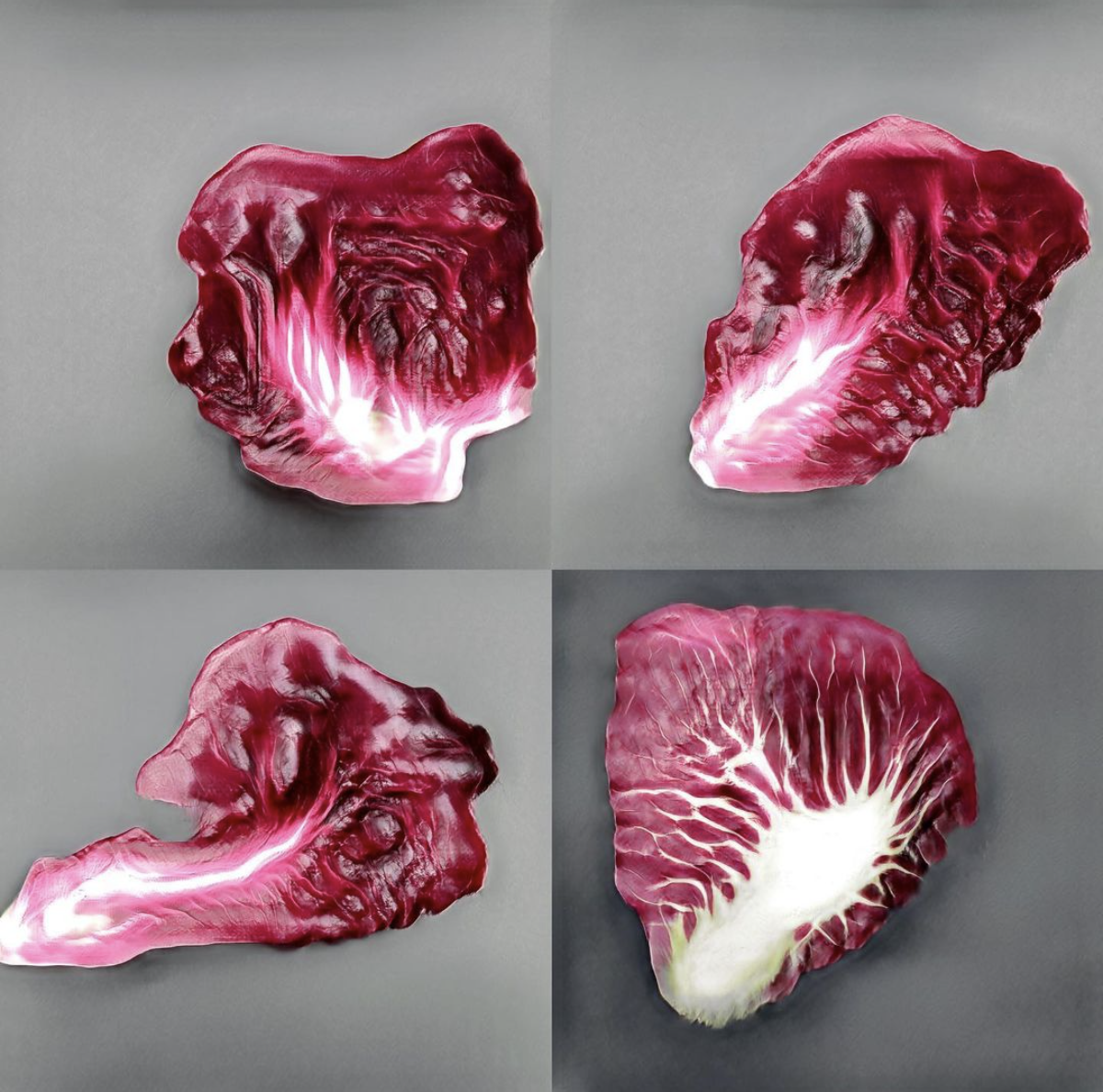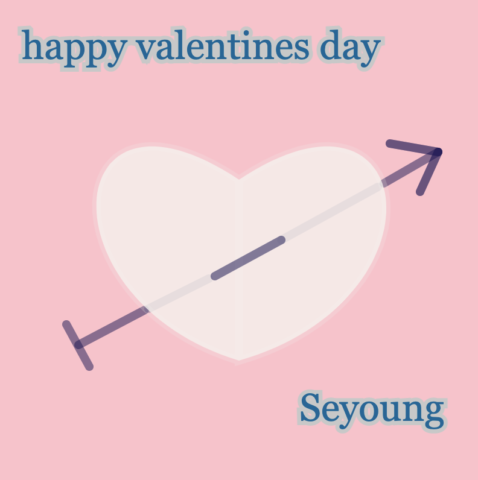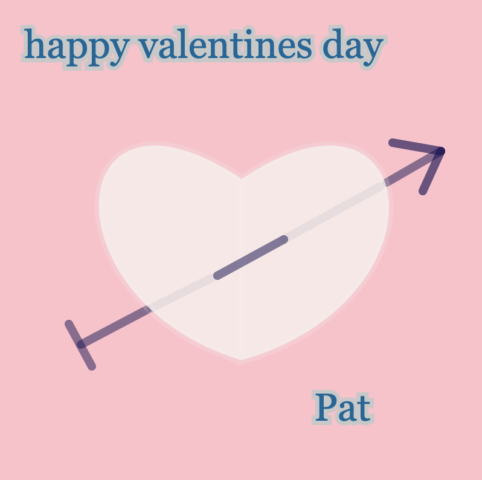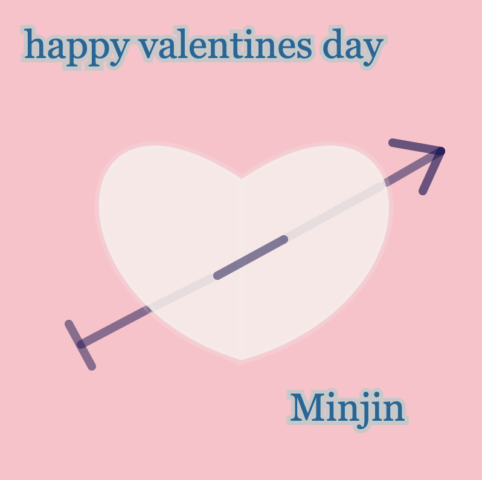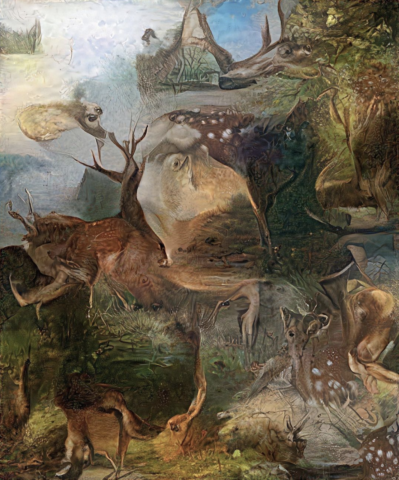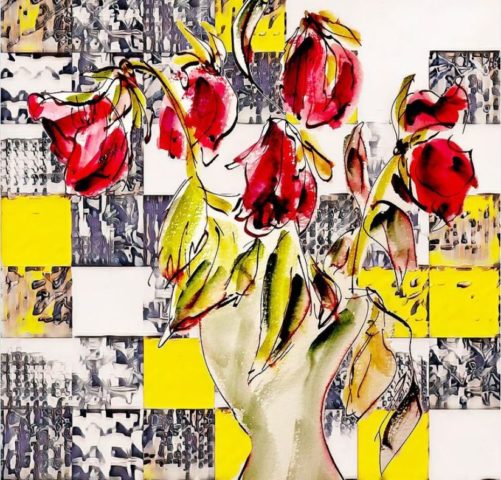3 images:
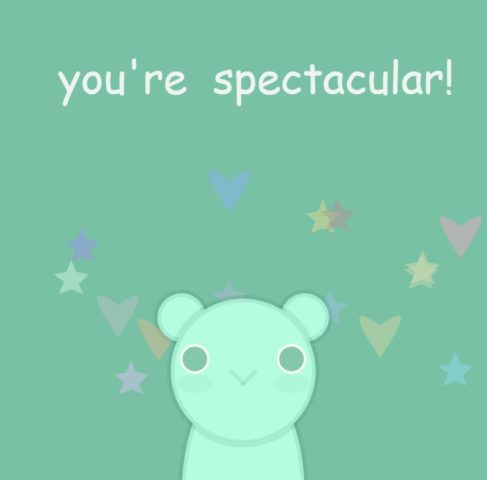
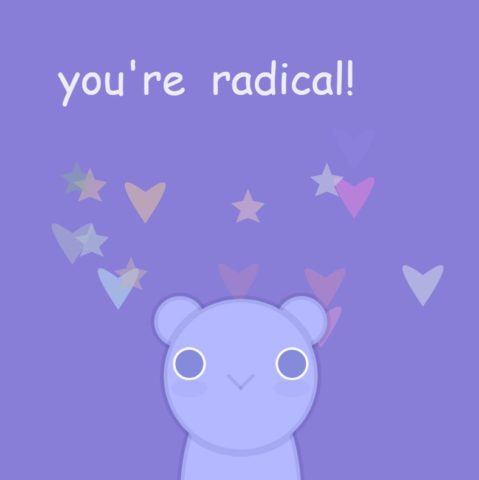
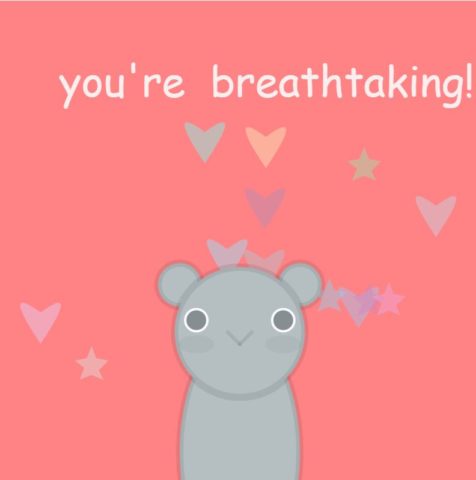
Process
The card generation was split up into three parts: the background, text, and little bear. For the background I used two separate functions to create the hearts and stars and randomly selected them and located them to create “sprinkles.” The compliment in the text was randomly chosen from an array. The little bear’s colors change according to it’s background and has varying eye, head, ad ear sizes as well as a changing height.
“10,000 Bowls of Oatmeal”
The project has a lot of variation when it comes to the color changes and decoration of the background. I see the “10,000 bowls of oatmeal” problem, however, emerging through the tiny variations in the bears. Although they technically had several aspects that ideally would create a lot of variation between them , some of the changes in eye size, for example, were not different enough to be noticeable. If I were to continue on this project, I would create more variation with the bears and possibly create more animals.
